124 names later, analysis has been provided for every team’s UDFAs. The final installment covers the last remaining divisions. These teams went the craziest on the signings, with the Padres signing the highest total with 11 and the Astros not too far behind with 8. As expected, the Dodgers made out with three sneaky good picks, but nearly every team seems to have a hidden gem in their pickups. Below is an analysis of every player signed by a West Division team.
AL West
Athletics
Bobby Blandford - OF, Fresno State
Blandford had been an unspectacular bat until 2025, when his gap power just exploded. Groundballs turned to balls in the gap, and he more than doubled his previous career high in doubles. There is an exaggeration in his load, similar to a hitch that causes an extra movement towards his back shoulder that leads to a higher swing and miss. It helps generate a bit more power, but the slight power is not worth the extra strikeouts. While the power did shoot up with the doubles, his strikeouts also reached a career high of 62 with a 22.8%. The strikeout has never dipped below 20% and is a big cause for concern, especially with the below-average home run power and little discipline. He’s got average speed and will stick to a corner outfield spot professionally. He’s got good drive to all fields, and if he can improve his approach, he can become serviceable depth with a power explosion, potentially earning him a big league shot.
Although Brooks' best seasons came in his first few seasons with Kansas, he developed a much more patient approach this season and became a top-tier on-base machine. He walked a career high 54 times, good for a 19.9% walk rate. At times, the approach was a little too patient and led to a higher strikeout rate due to falling behind the count early on, but he still walked more than he struck out. He doesn’t have the best power or speed, but he’s got a good contact skill and grades about average. Brooks played all over the infield during college, primarily at third. He’s got the ability to stay at third with a decent arm and solid glove, and it seems to be confirmed that he’ll stick at third with his first professional game being at the position. Finding the right mix of patience will determine his offensive potential as to whether strike outs will take over his game or if he can become a walk machine at third.
Owen Carapellotti - C, Georgetown
Carapellotti has been Mr. Consistency, never falling below .280/.380/.550 in either of the slashes and always falling between 14-16 home runs aside from the 8 during his freshman season. The one thing that did change was his strikeouts, with his strikeout rate falling below 15% for the first time to a 12.2% rate. The ability to produce year in and year out is already a major factor in his becoming a professional. His swing gives power potential, which, while slow, creates natural lift where his size allows him to drive the ball to all fields. Behind the plate, he’s got a plus-plus arm and good enough blocking and receiving to stay at catcher. He does just about everything well without standing out in anything specific. As a catcher, this type of offense can still give positive value, and he provides catching depth for the farm.
Jackson Holmes - RHP, Missouri State
Holmes’ move from St. Louis to Missouri State also saw an increase in his strikeout rate. He struck out a career high 61 in 54.1 innings, good for a 24.4% rate and a 10% bump from his previous season. Holmes has great size at 6 ‘4 225lbs, and still has room to add strength to his wiry frame. His pitching motion is violent, and there’s a good amount of stress placed on his shoulder due to the explosive torque. He’ll almost certainly need an adjustment to avoid any potential major injury concerns. He’s got a solid three-pitch mix of a fastball, sweeper, and changeup. The fastball sits between 92-94 with the potential to sit mid-90s with more strength. The sweeper is low velocity but has good horizontal and vertical movement. He moved to the bullpen in 2025, and I imagine he will remain there due to only two plus potential pitches. Out of the pen, his velocity can hit a couple of ticks higher, and his sweeper can see more focus to develop into a plus pitch. He has the makings of becoming a long man/mop-up guy with further development.
Bryson McArn - OF, Sonoma State
McArn is a strange one, seeing limited playing time over his last four seasons, with only topping 100 plate appearances once last season with 120 total. His bat speed is a standout, and his swing is nice and compact with a Mike Trout-esque short finish. His frame is listed at 6 ‘2 170lbs, and he sure looks the part. His swing gives the idea of being able to produce power, and there is a lot of projectability in his size to play that part. His age is a big concern, considering he turned 24 a few months ago, limiting time to develop and leaving doubts about adding that strength to his frame. Not often you see a raw 24-year-old prospect, but that’s what McArn would be considered as. If he’s able to pack on the pounds quickly, there could be more power that will make his value a little more interesting.
Astros
Brandon Cassedy - RHP, George Mason
Cassedy continued his success as a starter after transferring to George Mason, pitching to a 3.32 ERA over 84 innings and holding an 8.4% walk rate and 21.7% strikeout rate. He’s on the shorter side for pitchers at 5'11, which limits his ability to extend and effectively tunnel. He’s got a three-pitch mix of a fastball, slider, and curve. The curve is the best of a bunch with good hammer action that suddenly drops. The slider is a bit like a bullet slider, but the break is inconsistent and hangs at times. He’s not the hardest thrower, but he’s got some of the cleanest mechanics I’ve seen, which can allow the Astros to solely focus on enhancing his pitches. He’s got the mix to continue as a starter, and the ability to improve his slider will determine whether he remains there.
August Cuneo - C, Petaluma (HS)
Cuneo might have extreme whiplash after the high school year ended, as he went from having zero college offers and looking to play at a JC before the Astros came calling and offered him a contract. He’s got a short, compact swing that gets right to the ball. There is a lot of movement in his hands that sometimes continues while preparing to swing, which will cause him to be late and not get the barrel to the ball, making him potentially susceptible to higher velocity. He displays good power, with his home run power being strictly pull, but he has the ability to drive the ball the other way into the gap. Behind the plate, he has a good throwing arm and the proper footwork for blocking and throwdowns. I feel confident he will be able to stick at catcher and could become a plus defender there. There is a concern with his hit tool and the ability to progress as he faces tougher competition, but he has a nice defensive profile with some power projection and could end up becoming a solid offensive catcher at almost no cost.
Brandon Forrester - SS, New Mexico State
Forrester switched over to New Mexico State after receiving almost no playing time at Oregon State and made the most of it. With New Mexico State, he slashed .323/.416/.419 with 16 stolen bases. The power is almost non-existent and will likely never come considering his small 5 ‘9 165lbs frame. He does provide good plate discipline, and he walked at a 13.3% clip. He started switch-hitting at some point during the 2024 summer, and the swing looks just as good, if not better, from the newly added left side. From the right, there is a bit of a sway that limits his already little power and will most likely generate weak contact. The left side is more static and designed to punch balls over the infield. With a good skill of making contact and being disciplined enough to draw walks, his ceiling might reach that of a slightly below-average bat. Mix in his plus speed and the ability to play shortstop, and his peak looks to be that of a utility defensive infielder.
Lytle is on the older side, turning 24 towards the beginning of the college season, but he’s been a great bat the past two seasons and the perfect leadoff hitter for UTSA during their Cinderella run into Omaha. He’s continued to be one of the toughest bats to strikeout in all of NCAA baseball, keeping a strikeout rate of just under 8% his two seasons at San Antonio. He added more discipline in 2025 as well, walking a career high 24 times, good for a 7.8% clip. There’s a good mix of power in there as well as he’s churned out 32 extra base hits each of the last two seasons, hitting 11 and 10 home runs in each, respectively. It’s not just hitting that he’s good at; he won the American Athletic Conference defensive player of the year and has some of the best range in the outfield. He’s got the speed to cover long distances and has displayed good routes. The biggest concern lies in his plate discipline. He’s consistently run a high BABIP, and as the defense and pitching get better moving into a professional setting, the hits may eventually stop landing. It’s impossible to ignore the elite contact skills, plus the great defense and solid power. If the hits continue to land, he has a future as an everyday centerfielder.
Coleman MacRae - RHP, Central Arkansas
MacRae had struggled heavily with walks in his college career, but 2025 saw a promising trend where he walked just 4 batters in 14.2 innings, much better than the plus 5 BB/9 he previously had. Hit by pitches were still a concern, but it’s still a promising start. His primary pitches include a fastball, slider, and changeup. He’s got a delivery where he kind of scrunches his body together towards the center before unleashing a sidearm delivery that makes it tough for hitters to pick up the ball. He doesn’t have overpowering velocity, but the sidearm motion allows the fastball to appear to rise slightly, adding an extra tick or two to his perceived velocity. His secondaries need tinkering to improve their shape, and he will most likely be placed as he develops.
Ryan Petrovich - RHP, Dakota (HS)
Petrovich is already coming into frame, standing at 6 ‘3 185lbs, and is by far the youngest player in the UDFA class. He is still just 17 years old and doesn’t turn 18 until the end of the minor league system in mid-September. He brings a mix of a fastball that can reach 92, a lower-80s slider, and a curve. All his pitches show good movement and flash, plus potential, but his fastball may be the best of the bunch. He does have the dreaded inverted M in his pitching motion, but he’s young enough and working with a brilliant Astros’ development team that should be able to tweak the delivery. The combination of his age, size, and pitch qualities gives a solid projection that the Astros should be able to get the most out of. Even though he went undrafted and with a lack of D1 offers, I believe his potential to be that of a backend starter or solid reliever.
Charlie Weber - RHP, Saint Louis
After two years of consistency in the rotation, Weber was moved to the bullpen and excelled. In 2025, he posted a 2.89 ERA in 56 innings and struck out 58. All but 3 of his 18 appearances were multiple innings, and he could see a transition back to the rotation with the Astros. He features a low 90s fastball with some tail and a sharp lower 80s slider. Even though the two pitches show positive movement, the lack of variety will limit his potential. Although he has the durability to be a starter, two pitches will place him in the bullpen. The Astros can choose to focus solely on those two pitches rather than developing a third to make each pitch a plus and a potential effective reliever.
Jackson Wells - RHP, Little Rock
If the name Jackson Wells sounds familiar, it may very well be because he led all of D1 baseball in 2023, posting a 1.65 ERA and besting Paul Skene’s 1.69. He hasn’t been able to replicate that same success, but he did have a career best 24.9% strikeout rate while posting a walk rate closer to his 2023. Wells is the shortest pitcher in the UDFA class, coming in at 5‘9 and with a frame that looks close to maxed out. He’s got promising stuff with a fastball that sits in the low 90s but has reached 97, a power change that has nasty horizontal movement, and a slider with movement more categorized like a sweeper. The change up easily carries his repertoire and is the standout pitch. It’s been his third pitch, but it plays well off his fastball and generates whiffs. Although he’s been a starter his entire collegiate career, he’s best suited for the bullpen where his fastball can play up in velocity and work in tandem with his change and slider.
Angels
Graeber is a 6’3, 210lb outfielder that brings a mix of power and speed. From his time at Delaware to his previous years at a JUCO, Graeber has stolen at least 10 bases and hit at least 10 doubles and home runs in three consecutive years, with nine home runs in his freshman year preventing it from being all four. He looks the part of a power hitter with his wide frame and tall stature, but like many power prospects, swing and miss brings prospect status down. He chased at 38.5% of pitches out of the zone, and the home run power never seemed to come out in full display in wood bat leagues. However, Graeber posted the fourth-highest max exit velocity in the MLB Draft League with a hit of 110mph and wall over the leaderboards in exit velocity. The power is evident, but a swing adjustment may be needed to improve launch angles to have that home run power.
Jakob Guardado - RHP, Pacific
The son of former all star Eddie Guardado, Jakob Guardado is a right handed pitcher who served as the swingman for the University of the Pacific team. He pitched in thirty games and made nineteen starts over the last two years. From 2024 to 2025, he was able to improve his strikeout percentage from 10% to 15% while decreasing the walk rate slightly. Even though the overall numbers were still disappointing, he flashed potential in a handful of starts, including a nine-inning shutout performance with 9 strikeouts in March. He has a fastball that sits in the upper 80s and uses a changeup and curveball as well. His secondaries show decent movement, but the lack of any velocity and shape in his fastball will make the offspeed not as effective. The name may be doing a lot of the heavy lifting for Guardado, but being a second generation player provides an understanding of what is required from a professional, and potentially the work ethic that was learned.
Kendrey Maduro - OF, Central Florida
Maduro made a splash coming out of high school and impressing immediately in the Draft League. There, he put an OPS over 1 with 3 home runs in 23 games. The success continued during his time at Northwest Florida State, where he slashed .323/.409/.595 over 55 games. The great hitting stats led to a transfer to D1 Central Florida, but the hitting success did not follow. He hit just one home run in 38 games, but his plate discipline continued to slightly improve with another increase in his walk rate. Upon his return to the Draft League this summer, he’s rediscovered a little of his initial success. While the stats don’t back it up, he hit for an average exit velocity of 93.2 and had a max velocity of 109. He’s got a good size for power at 6 ‘2 205lbs, so there is a good indication for consistent power. As it stands, his potential is organizational depth, as he does not provide the speed or current plate discipline. If the power develops with his current contact skills, he earns more intrigue and his potential would increase to a fourth outfielder.
LeTrey McCollum - OF, UC Santa Barbara
McCollum always provided a solid bat to a good UCSB lineup, but he had a career year in 2025, symbolized by a March game where he hit a walk off home run for his first career home run to finish the cycle. As evident by his first career home run coming in March of his senior season, power is not part of his game. A little strange to think about considering he’s 6’5 210lbs, you would think he’d be a powerful guy. However, where he lacks in power, he provides for nearly everywhere else. He’s got plus-plus bat-to-ball skills and adds plus speed and defense. He struck out just 29 times in 256 plate appearances and had an amazing 87% contact rate and 94% in-zone contact rate. There’s a bit of Nolan Schanuel lite in terms of approach, although he doesn’t walk nearly enough to match. It’s tough to give a projection considering the conference he played in but his performance has been extremely consistent, and I could easily see him having a future where he is a major league starter.
Jonny McGill - OF, British Columbia
McGill hails from Richmond, Canada, and played all four seasons at British Columbia, a Canadian university that is part of the NAIA and faces American competition. There, he had a career slash of .362/.440/.580, including a power explosion in his final season. He spent this summer at the MLB Draft League, where he continued providing positive offensive value, minus the power that he recently saw added. Even though he did not hit any home runs, he had multiple hits with exit velocities over 100 and routinely hit the ball hard. He has such a pretty swing, nice and compact overall, with quick hands to the ball. He excelled at making contact in college, although he played in the NAIA. He has shown the ability to hit velocity, though, and continued to produce similar strikeout rates between the Draft League and at British Columbia. The Angels' target this UDFA class has been to go for guys with great hard hit rates, and McGill does just that. If the hard-hit balls are eventually able to turn for more home runs, McGill projects as a plus offensively and could see time as a utility outfielder.
Ryland Zaborowski - 1B, Georgia
Zaborowski placed 392nd on the ProspectsLive Final Big Board of the year. He’s a local, growing up about 30 minutes from Angels Stadium and a self-proclaimed Angels fan. Like McCollum, he has size coming in at 6 ‘5 240lbs. While he does display power, his swing is level, allowing for a better approach towards making contact. The concern lies on the swing and miss and his ability to hit with wood. He holds a 22.5% K rate through his D1 career over 779 plate appearances and finished his best season with a 21.7% K rate. He’s spent the past two summers at the MLB Draft League and has failed to come close to his offensive numbers both seasons. The power potential is huge for Zaborowski, and it’s big enough for any team to jump at the chance to develop him but his success hinges on the ability to limit the swing and miss and produce better contact results.
Mariners
Konni Durschlag - OF, High Point
Durschlag had a monster year, slashing .434/.546/.751 with 23 doubles, 15 home runs, and a third straight season with more walks than strikeouts. Durschlag has always been a high on-base guy with the ability to work walks, but the power really exploded this year and caused the OPS to soar. The power first started to creep during the summer collegiate rounds in 2024, homering three times with 7 total extra base hits in just 14 games. His power is strictly pull, but his contact approach places the ball in all fields. He’s got great bat-to-ball skills and an even better approach at the plate that gives him a plus hit tool. He’d be the perfect leadoff guy if he had a bit more speed, but he still has a solid future, and if the power holds true, he can turn heads among outfield prospects with the Mariners.
Reid Easterly - LHP, Duke
Easterly enjoyed a really solid college career split between Yale and Duke, pitching to a 3.40 ERA over 259.1 innings. In 2025, he had a career best walk rate at 5.4% while striking out 66 batters in 74 innings. He’s got a short arm release, which as a lefty, adds even more deception when trying to pick up the ball. He’s got a firm fastball with some slight tail, a loopy slider that has the tendency to hang, and a curveball. His stuff doesn’t stick out, but the deception he uses lets it play out well. Plus, he’s got great control and commands the strike zone well. He already transitioned to the bullpen with Duke, and that will be where he most likely stays and projects to be a lefty specialist.
Reese Lumpkin - RHP, Miami
For sure one of my favorite names out of all draftees and signees. Lumpkin was a weekend starter for Miami and delivered a 5.32 ERA with 20 walks and 51 strikeouts in 57.2 innings. His command first improved in 2024 and was able to carry it over in 2025, showing he’s begun to harness his pitches. Over the last two seasons, his K:BB ratio has been over two. Lumpkin has size at 6 ‘5 200lbs, that still has room to fill out and add more power. He’s got the typical four-pitch mix for a starter with the fastball, slider, changeup, and curve. The fastball has reached 95, but with still room to add in his frame, he has the potential to sit mid 90s. The changeup has a nasty drop to it and tunnels excellently with his fastball. The slider has a sharp break to it although more inconsistent. Lumpkin already has good movement among his pitches, and he’s got a good repertoire, more growth and consistency will allow him to remain in the rotation, where success hinges on his ability to maintain his command.
Brady O’Brien - 3B, St. John’s
After transferring from Dolby and moving into the A10 with St. John’s, O'Brien saw a career year where he mashed 20 home runs en route to a .366/.422/.777 slash. It wasn’t simply doubles turning into home runs; his power all around increased with O’Brien totaling 41 extra-base hits. The strikeouts doubled from his previous career high, however, suggesting a sacrifice of contact for power. It worked out in his favor and parlayed into a professional contract. He really leans into his back half during his swing, which helps generate power, and he’s got great bat speed and gets straight to the ball. He’s not the biggest guy, but he’s got ideal mechanics for generating power. The strikeouts blossomed as he moved from D2 to D1, which raises concern about his ability to adjust upon advancing levels. He’s got good hands at third base but doesn’t have the arm to remain and will almost certainly be moved to second. A power-hitting second baseman is always valuable; his potential lies in limiting the strikeouts and making contact as he begins to face professional pitching.
Rangers
Jack Collins - C, Cal Poly
Collins had a great offensive season behind the plate, hitting 13 home runs and 30 extra-base hits to contribute to a .901 OPS. Collins saw very little playing time with Long Beach State in 2024 and really blossomed when handed the primary catcher’s role with Cal Poly. Every swing looks to do damage to the ball, but also leaves him prone to strikeouts. He’s got an aggressive approach and is prone to chasing, but when he makes contact, he hits it hard. Behind the plate, he is a great receiver with a great arm. He’s got a quick, strong glove that does great at bringing pitches into the zone. For his defense alone, Collins is worthy of getting a shot professionally; the power is just an added bonus. Collins will provide good catching depth for the Rangers, and if the hit tool can improve even a little, he’s got a realistic shot at becoming a backup/3rd string catcher.
Garate has been nothing short of consistent, keeping a .280/.392/.416 slash for his career. He doesn’t project the best offensively, but he’s got an aesthetically pleasing swing to watch. He’s improved his ability to make more contact with the ball, but he’s still aggressive in his approach, which leads to chase. There may be potential for power. Garate’s swing is built to make contact with the ball, but he has the size to hit for power, if he uses more of his lower half and creates a more violent swing, he can sacrifice average for power. His hit tool is already pretty weak, so power may be able to extend his career. Garate’s calling card is his defense with soft hands that absorb any ball hit to third and a strong arm to match. He can be used all over the infield, but his strength is at third and he can stay a plus defender there. He projects to be a defensive utility infielder, and if the power develops, he can see extended looks to move up in the system.
Louis Marinaro - LHP, St. John’s
The second St. John’s signing in the AL West, Marinaro, was the long man out of the pen for the Red Storm. The ERA wasn’t the prettiest, but he kept good walk and strikeout numbers, walking 31 and striking out 96 over 79.2 innings combined in the last two years. Marinaro has a fluid delivery with great extension as well. He’s got a solid mix with a fastball, slider, and change. The fastball really rides in on righties and with the long extension, has a higher perceived velocity. Deceptive lefties are always a hot commodity, and further development with his pitches can make Marinaro a nice relief prospect.
NL West
Diamondbacks
None :(
Rockies
Fabian’s bat fell off in 2025, posting his second worst in all the triple slash categories while striking out a career high 54 times. Prior to 2025, he was a solid bat at shortstop, where he put up an .836 OPS while providing good defense at a primary position. He made the switch from third to short after 2024, where he continued to provide plus defense. He’s got a great arm and showed solid range to potentially remain at the position rather than moving back to third. He’s got a bit of a long swing that leaves him prone to the strikeout, but his size-6'3 198lbs - produces some natural power that can be tapped into. With his defensive status, the ability to tap into that raw strength will allow him to keep higher strikeout rates and still make an impact overall.
Jacob Humphrey - OF, Vanderbilt
Humphrey’s 2025 season is almost identical to Deric Fabian’s 2024. Humphrey slashed .279/.400/.442 with 22 walks and 39 strikeouts, while Fabian slashed .268/.372/.463 with 20 walks and 32 strikeouts. Humphrey hit 4 home runs with 13 extra base hits, and Fabian hit 5 home runs with 14 extra base hits. One thing that separates the two is Humphrey’s speed and baserunning. In 197 games, he’s stolen 109 bases and has been caught just 9 times. While the plus plus speed is definitely a reason for this rate, he’s shown to have great reads of the pitcher and is able to get great jumps, making for a stolen base threat in the Rockies system. The speed also allows for great range, which he has shown off plenty. He primarily played right field in college, but with a lesser arm than most right fielders, he may be tried out in center altough left is the most likely future. In his swing, there’s a bit of extra movement with his load that would leave him prone to off-speed pitches. However, if he can continue making contact, he has a future as a 4th/5th outfielder with his amazing speed and potential for plus defense.
Dodgers
Tommy Case - RHP, Shaker (HS)
Case signed the second-highest bonus in the UDFA pool, trailing Trace Phillips, who signed with the Rays the same day. Case pitched in just 37 innings in his senior season, but he totaled a staggering 73 strikeouts. He pitched in the MLB Draft League this summer, and his start gave no indication he would be picked up, allowing 8 runs without recording an out. His next start showed off his actual potential as he pitched 3 no hit innings while striking out 6. Case has a four pitch mix including a fastball that ranges 91-94, a low 80s change up, and high 70s curveball and slider. His fastball has tremendous tail to it, and his curveball has a late, sharp drop. While the command on the fastball can be spiffy at times, he’s got good control of the curveball and has trust in it down in the count. He displays two plus pitches, and working with the Dodgers’ pitching lab can almost certainly improve his other secondaries to make an impact in the rotation. Even with a stacked Dodgers’ system, I would expect Case to make an appearance on Dodgers' top prospect lists within a couple of years.
Cullen McKay - RHP, Coastal Carolina
McKay only started three games for Coastal Carolina last year, but in those three starts, he struck out a whopping 18 batters in 12.1 innings. The strikeouts have always been present, as his time with Virginia saw 65 strikeouts in 49.2 innings as well. With the strikeouts comes huge command problems, walking nearly 7 batters per nine. McKay has a very unique slider that drops almost strictly vertical with little horizontal movement, almost like a hard splitter, although there is too much spin to be any sort of change-up. The slider has nearly 4 inches of drop with just 2 inches of horizontal movement. With the slider, he adds a fastball with a great shape that reaches 20 inches of IVB and can sit mid-90s. The fastball has the chance to be elite, and with the unique slider, no wonder his strikeout stuff is also elite. With the development of another secondary, this is another guy who can rise quickly within the Dodgers’ prospect ranks.
Nick Putnam - RHP, Santa Barbara (JC)
Putnam is the most fun guy at this year’s signings. It was only this year that Putnam began to pitch for the first time collegiately, having previously spent his time catching. In his first season pitching, he completed 29 innings to the tune of a 3.41 ERA and 24 walks to 37 strikeouts. Not bad for a senior conversion. He definitely carries a pitcher’s frame, listed at 6’7 and 205lbs, with a frame that looks to add more. He’s not the most mechanically sound and struggles with repetition and upper-half control, but working with professional coaches can make him an intriguing relief guy to watch.
Padres
Bold is a catcher with solid offensive numbers. In his three years at Princeton, he never fell below an .850 OPS and capped off his last year with a career high .915 OPS. The batting average did take a dip, but he made up for it with a higher walk rate, a career high in home runs, and cutting down the strikeouts. He’s always been a high on-base hitter with the ability to draw walks. He maintained the high OBP at the Cape Cod League this summer, posting a .382 OBP but again, the average was lacking along with the power this time. A San Diego native, Bold will be looking for his chance to shine and with solid on base skills, can look at some progression if the power swing continues to develop. At the moment, he is organizational depth with more hindering on a better hit tool.
Tyler Dietz - RHP, Florida Tech
Dietz is a flamethrower, holding the second-highest registered fastball velocity at 100.1mph in the MLB Draft League this summer. The fastball is a deadly weapon, sitting upper 90s with 16 inches of IVB and 12 inches of HB. He pairs this with a bullet slider that displays minimal movement but can hit 92 on the gun and a splitter that contains 11 inches of HB. The command is extremely poor, walking 50 batters in just 32.2 innings in his two seasons at Florida Tech, but the strikeout potential makes for so much promise. His stuff can already play at a high level, but the command will be the make-or-break on whether he can escape the lower levels in the Padres’ system.
Nick Falter - RHP, Denison
The strikeouts blossomed for Falter in 2025, seeing a huge jump from his previous career high of 57 in 71 innings to 107 in 85.2 innings. He didn’t just excel at getting strikeouts; he also put up a 2.52 ERA in 15 starts and walked just 21 batters, although he hit 12 in addition. Falter has some long arm action in his delivery that brings a little funk. He brings three pitches consisting of a fastball, slider, and change up. The slider is the best of the bunch, with sharp side movement with a slight drop. He’s got the perfect build for a workhorse, standing at 6 ‘5, 240lbs. The size and three pitch mix will almost certainly let him play out as a starter initially but the hook may be quick to move him to the bullpe,n where the focus will be on further developing the slider and fastball to be his out pitches.
Bradley Frye - SS, Mercer
Frye saw a career year with an explosion in batting average and slugging percentage to career bests of .337 and .552, respectively. He totaled 30 extra base hits on the year, with 12 going for home runs. The walks cratered and Frye became more of a free swinger but he was making more contact with the ball and it was loud contact. He added a movement in his stance where his bat held a nearly vertical position along his back that seemingly helped his hands get to a better spot in his load. Rather than having his hands already set and waiting, the bat position makes his muscle memory put him into position, and it worked, leading to a career year. He won his conference’s defensive player of the year in 2025 and boosted a Mercer defense that ranked third nationally in team defensive runs saved. Frye has the range and athleticism to get to about any ball and has the hands and arm strength to stick at short. With the new and improved bat, he projects as a utility infielder with the primary focus being his defense.
Brandon Langley - RHP, Western Carolina
Langley is another huge pitcher signing by the Padres, coming in at 6 ‘6 240lbs. Langley’s fastball is easily his best pitch, topping out at 94 and carrying nearly 20 inches of IVB. His size also gives him elite extension on the mound, and with the shape of his fastball, it’s no surprise he’s great at getting swing and misses. He struck out 44 in 34 innings with Western Carolina and continued with 4 strikeouts in 3 scoreless innings this summer at the Cape. Langley will mix in a slider and splitter but relies heavily on the fastball. With the shape and extension, Langley has a solid future working out of the bullpen and can only improve with the addition of a second plus pitch.
Qrey Lott - OF, Northwest Florida
Lott is a 6 ‘4 athletic JUCO product out of Northwest Florida. He was drafted by the Orioles in the 15th round out of high school but opted for college instead. His sophomore season saw Lott slashing .371/.539/.623 with 19 extra base hits and 17 stolen bases. He does not walk too much, but that season saw a shocking 29 hit by pitches, three more than his total amount of walks. His feet are practically on the line along the plate, so I guess it shouldn’t be a surprise at the number of hit by pitches. Even with the very close positioning, he still turns on pitches well and shows impressive power. He hits well to all fields and works well with the pitch location to drive it. The Padres love their toolsy prospects, and Lott joins their ranks where his blend of power and speed make for an exciting prospect to watch develop more.
Cameron Nohos - RHP, Illinois
Nohos is easily the Padres' tallest signing at 6 ‘8 235lbs. Nohos suffered an arm injury during the summer of 2024 that knocked him out nearly the entire 2025 season. He missed the season with Illinois, but he returned in the summer with the Northwoods League, where he struggled pitching for the first time in a year. Nohos didn’t see any lost velocity, however, and still managed to sit mid-90s with the ability to reach 98. The strikeout stuff was still present as well, tallying 8 with 24 batters faced. He has a repetitive delivery with an explosive torque, but it looks to learn more towards upper-half power rather than lower-half power. He already has good velocity, but there is room to unlock more with a better inclusion of his lower body. Along with his fastball, he adds a slider and curveball. The curve has great bite and serves him well as his secondary. Having a full summer to recover with professional training programs will be incredibly beneficial to Nohos and if the Padres and incorporate his size better, he can become a fireball relief prospect.
Cal Riehl - LHP, Wingate
Riehl joins the list of tall Padres UDFA signings at 6 ‘4 190lbs. Control issues really took hold of him in 2025 as his walk rate ballooned to 11.7% and his strikeouts suffered as a result. He’s got four pitches, those being a fastball, changeup, slider, and curveball. The fastball usually hovers in the low 90s, but he’s hit 95 previously, and if he can fill out his frame, he can add a couple more ticks. The changeup is a nasty pitch, seeing about a 10mph difference from his fastball with a devastating 20 inches of HB. This offseason, Riehl has been working with ConnectedPerformance, where he’s seemingly ditched the curveball and managed to improve his slider to grow from just under 3 inches of HB to 17. The huge improvement gives Riehl a second plus off-speed pitch, although the pitch has yet to be used in a game. If the pitch holds in the game, Riehl will immediately become a prospect of note and rank high among Padres relief prospects.
Charlie Walker - RHP, Northeastern
Walker is the shortest of the Padres' pitcher collection, standing at a modest 6 ‘2 205lbs. His final year at Northeastern was nothing short of elite, pitching to a 1.29 ERA in 48.2 innings, walking just 5 batters while striking out 56 batters. Everything was on point for him in 2025 and carried over to his performance at the Cape this summer. The walks did increase a bit, but it was still a great 7.8% to go along with a 23.5% K rate. Walker has a five pitch mix that includes a high 80s fastball, change up, curve, slider, and cutter. The fastball and change are his primary pitches and play well off each other with a near 12mph separation between the two. Walker’s lack of velocity and solid movement on his pitches will limit his success, but the elite control he has plus the wide pitch mix, may give him a chance to start and become a workhorse.
Conner Westenburg - CF, McNeese State
Westenburg is a plus-plus runner with great athleticism that allows him to play great defense in center. He stole 27 bases in 48 games this past season, aided by his ability to get on base. He doesn’t have the knack for taking walks, but like Lott, a close stance to the plate allowed him to get hit 17 times. Paired with a career high in batting average, Westenburg took advantage on the basepaths as well as hitting a career high 9 triples. He is a bit of a free swinger, and the lack of discipline and power will severely limit his potential. The 60 grade defense and speed is too enticing, however, if the contact rates hold and the BABIP plays up, Westenburg has an easy future as a defensive fourth outfielder.
Before transferring to Oklahoma, Willis spent two years at LSU Eunice, where he put up an OPS over 1 and walked a mind blowing 70 times in 64 games his final season. After transferring, everything fell apart as Willis barely managed a .687 OPS and saw the strikeouts and walks nearly switch stats from that year at LSU Eunice. He did manage to bring his stock up again during the MLB Draft League, leading to the signing with San Diego. At the Draft League, Willis hit for a .918 OPS in 23 games, and while the walk rates never returned, he saw a big uptick in power. He led the league in home runs in the first half with 4 and had among the highest hard-hit rate, holding a 101.5 EV90. His power has been strictly to the pull side, but he’s got the size - 6‘4, 185lbs - to gain the power to all fields, boosting his value. Willis has shown the ability to draw walks and hit for power and if he manages to put it all together consistently, he has a positive future.
Giants
Dylan Carter - RHP, Arkansas
Carter suffered a UCL tear that ended his season early in 2023 and knocked him out for most of 2024. Upon his full return, he put up a 2.18 ERA in 33 innings, becoming an extremely valuable reliever for Arkansas on their way to a final-four finish. His velocity came back strong with his fastball still hovering in the mid 90s and his slider in the mid 80s. The slider has sharp movement to it that sets up to be his main strikeout pitch. Carter previously touched 98 before the injury, and the hope is to get him back to that and a little more. There’s a slight bit of short arm in his delivery that does lead to concern for further injury, but it does help to provide some deception along with a little motion with his glove right before delivery. As he continues to build up after his return from injury, Carter can provide some nice relief prospect potential with his solid strikeout stuff and command.
Hayden Jatczak - 3B, Kent State
Jatczak acted as a two play player, including his time at the MLB Draft League this summer, but officially signed on as a position player with San Francisco. He was pretty solid as a pitcher, holding his own with a 3.54 ERA over 56 innings, but we are here to talk about his hitting. Jatczak transferred over from D2 Saginaw Valley State over to Kent State, where he continued to rake, slashing .376/.491/.770 over 56 games with 46 walks to 37 strikeouts and 16 home runs. The tools that made him great made the transfer with him, and he almost saw no dip in production whatsoever. Aside from his freshman year, he’s always walked more than he’s struck out and has a well-disciplined approach at the plate. On top of the discipline, he has great bat-to-ball abilities and hits for power as well. He’s even got the size - 6 ‘5 230lbs - to gain more consistent power. With his previous pitching experience, he has more than the arm to remain at third. If the infield defense were to suffer, he has decent enough speed to try out in a corner outfield spot as well. There’s much to be excited about his offensive capabilities, and Jatczak is one of my biggest sleeper signees of the entire UDFA class.
Daniel Rogers - C, Iowa
Rogers played four years at D3 Loras before transferring to Iowa. His offense took a step back with the transition but overall was still solid with an .842 OPS. Even though the strikeouts shot up, his plate discipline remained the same and continued to draw walks at an even rate of around 15%. There is still potential with his offense, considering his ridiculous slash of .472/.627/.944 in 11 games at the Northwoods League this summer. His swing provides great backspin to the ball and helps produce harder hit rates. At Loras, he played first and left with a catcher before making the full-time switch to catcher with Iowa. According to @UIBASEManagers on X, Rogers added an additional 110 strikes through his framing alone. He struggles slightly with framing at the bottom of the strike zone, but is excellent at getting umpires to widen the zone while he’s receiving. Although the hit tool may not fully materialize, with his solid plate discipline and exceptional framing, Rogers has the potential to become a serviceable backup catcher.

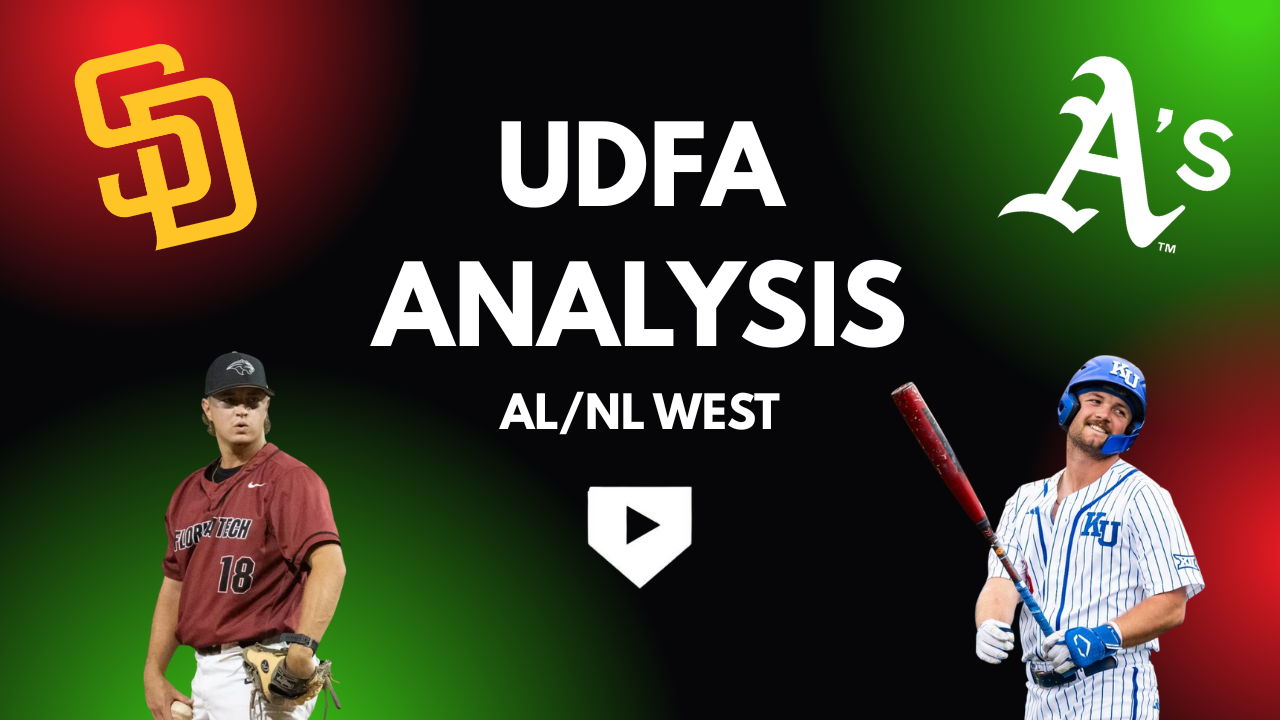


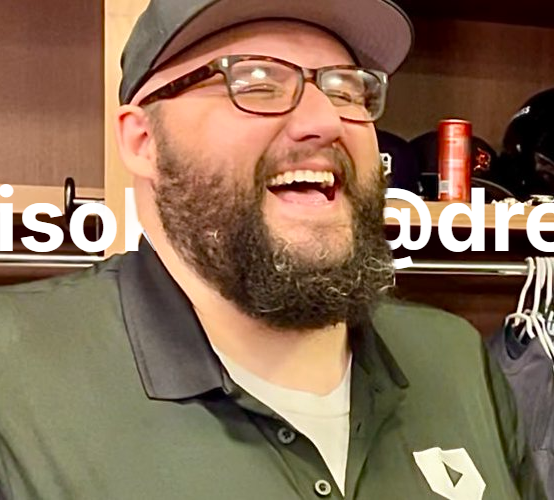
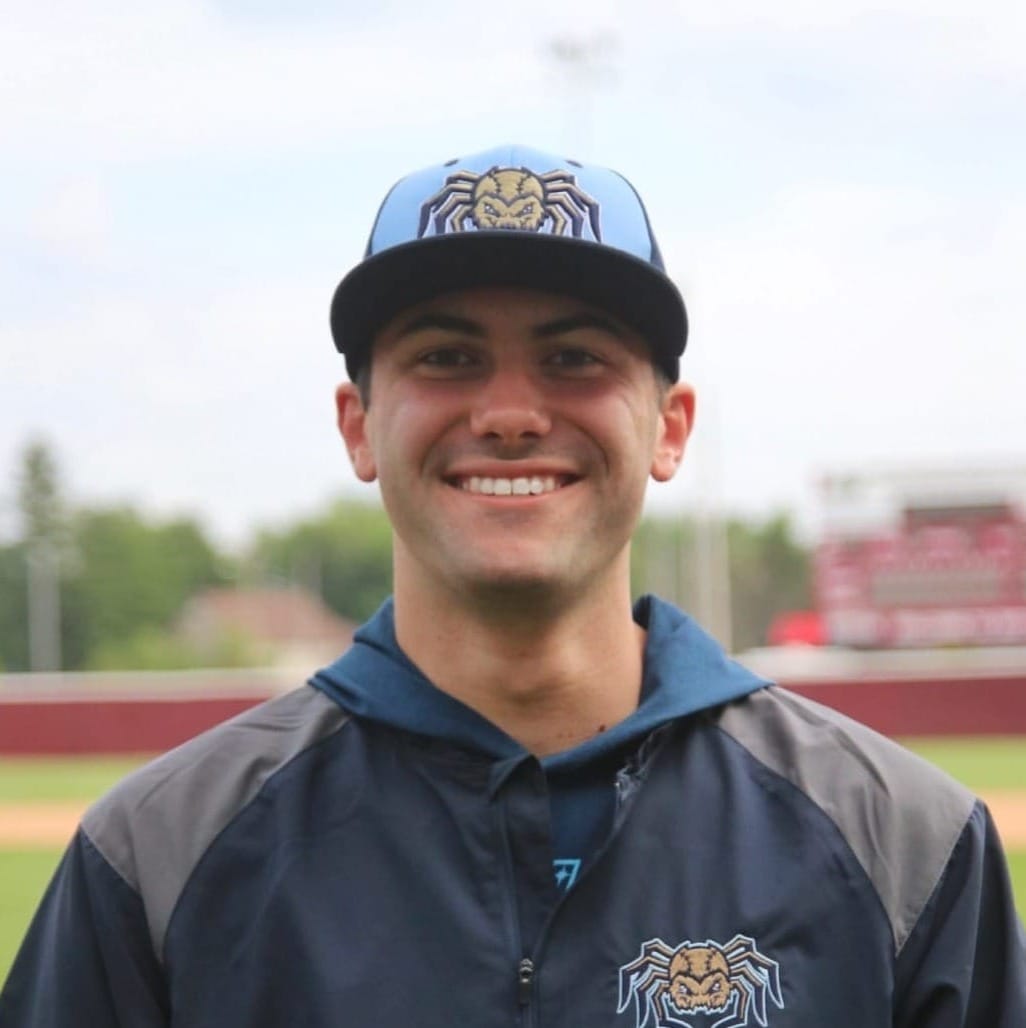
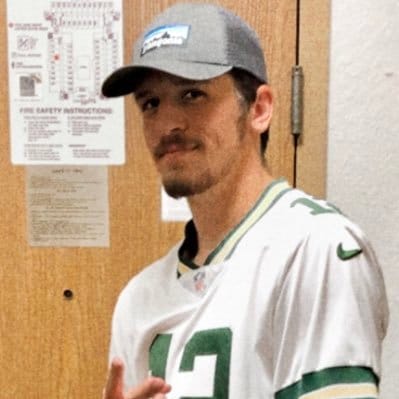
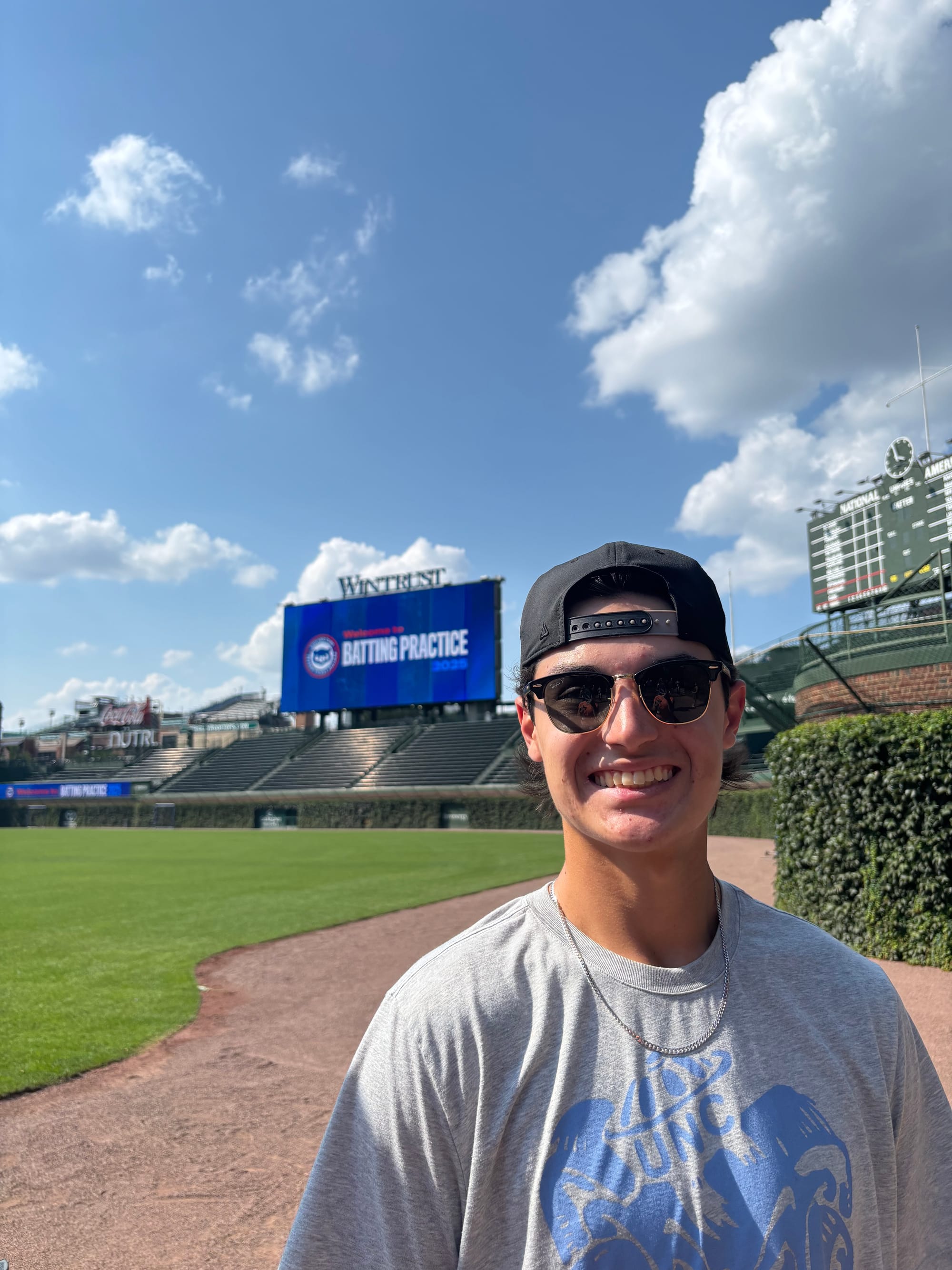


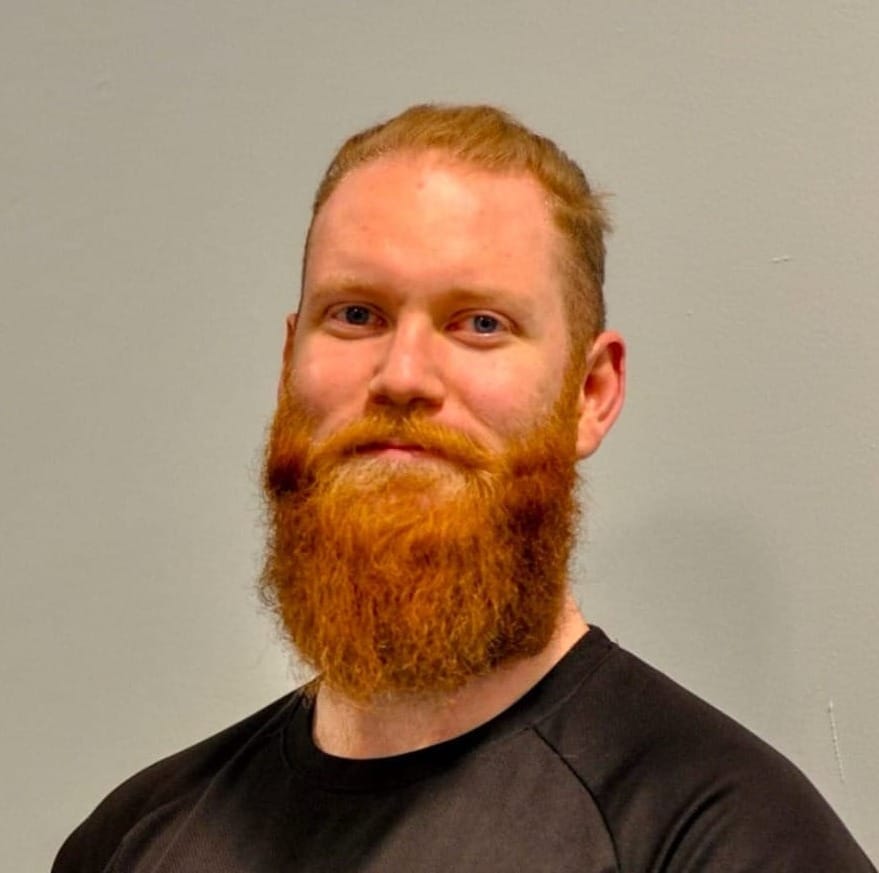
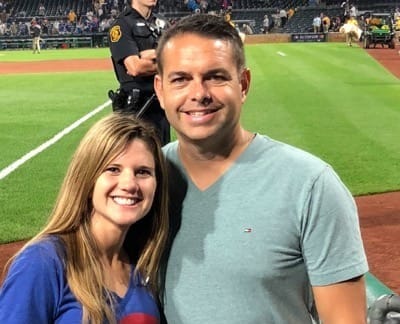


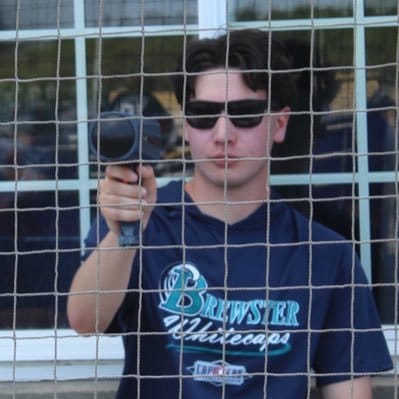

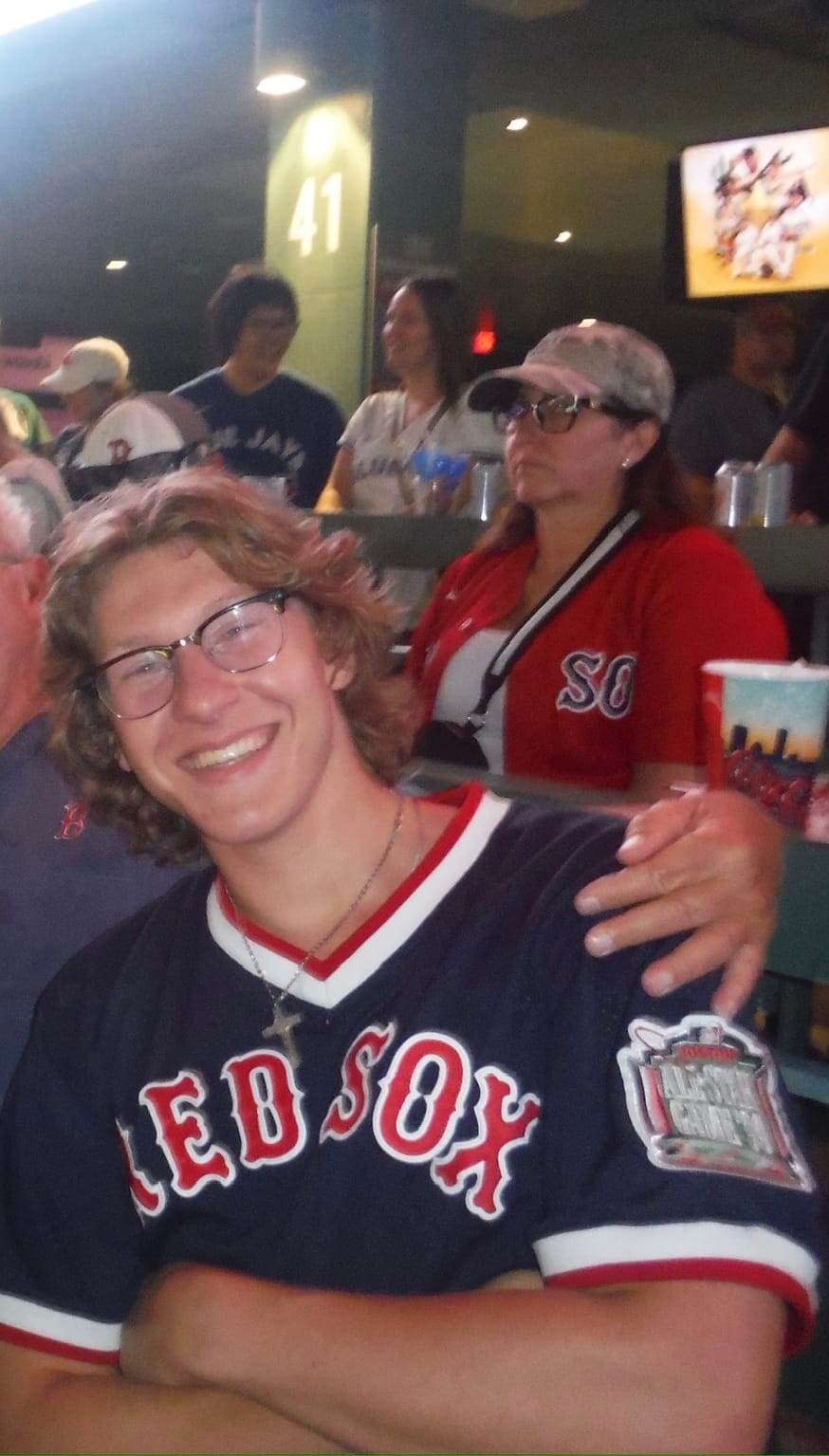
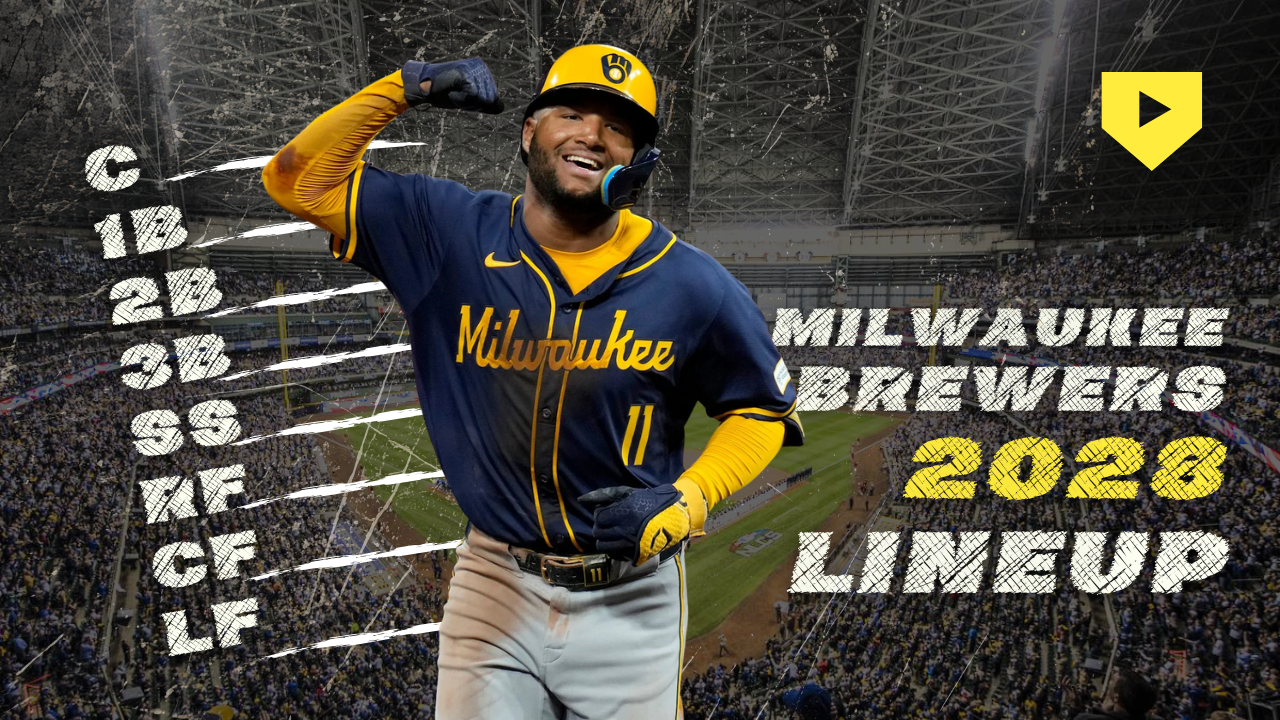

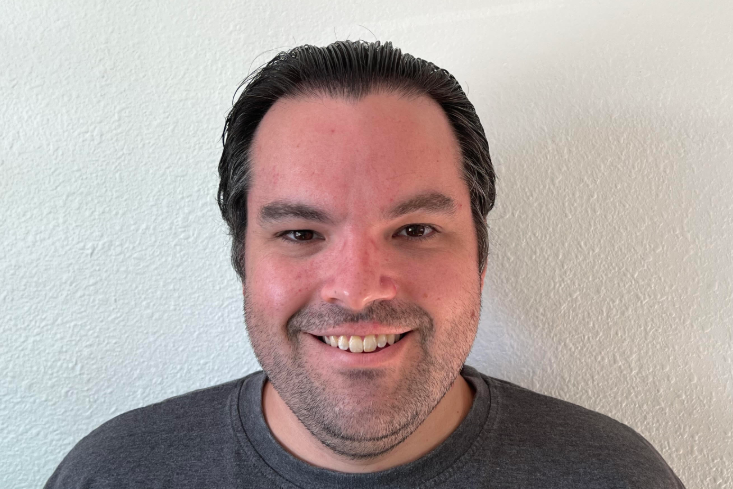
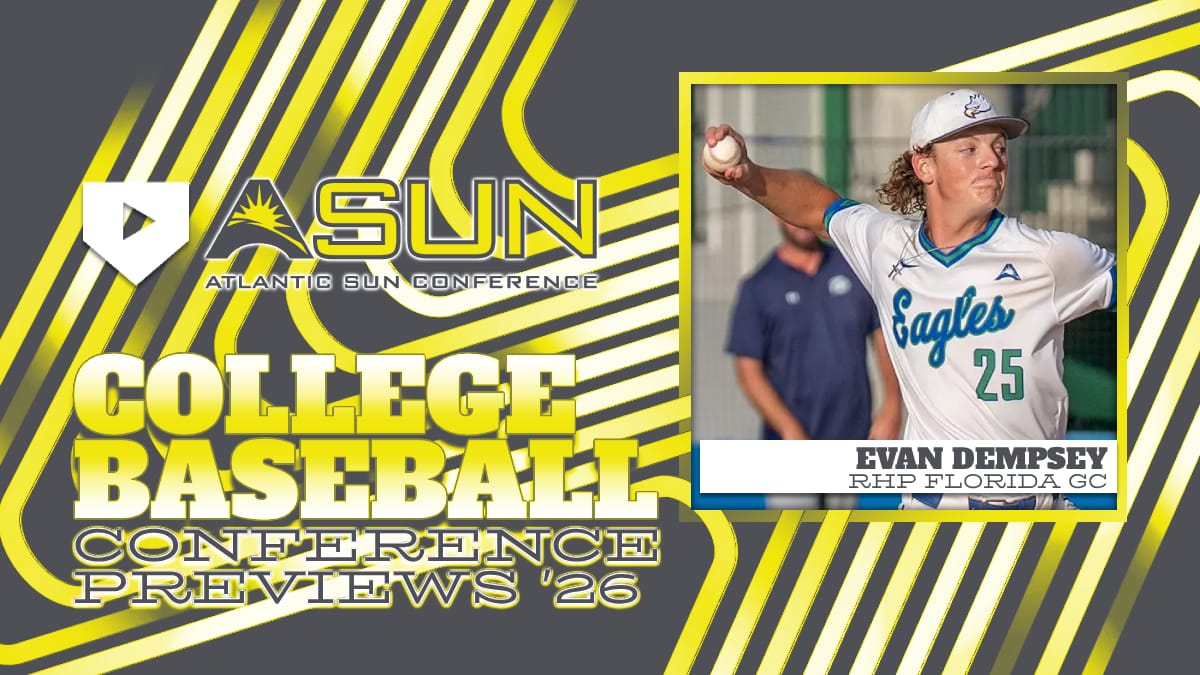



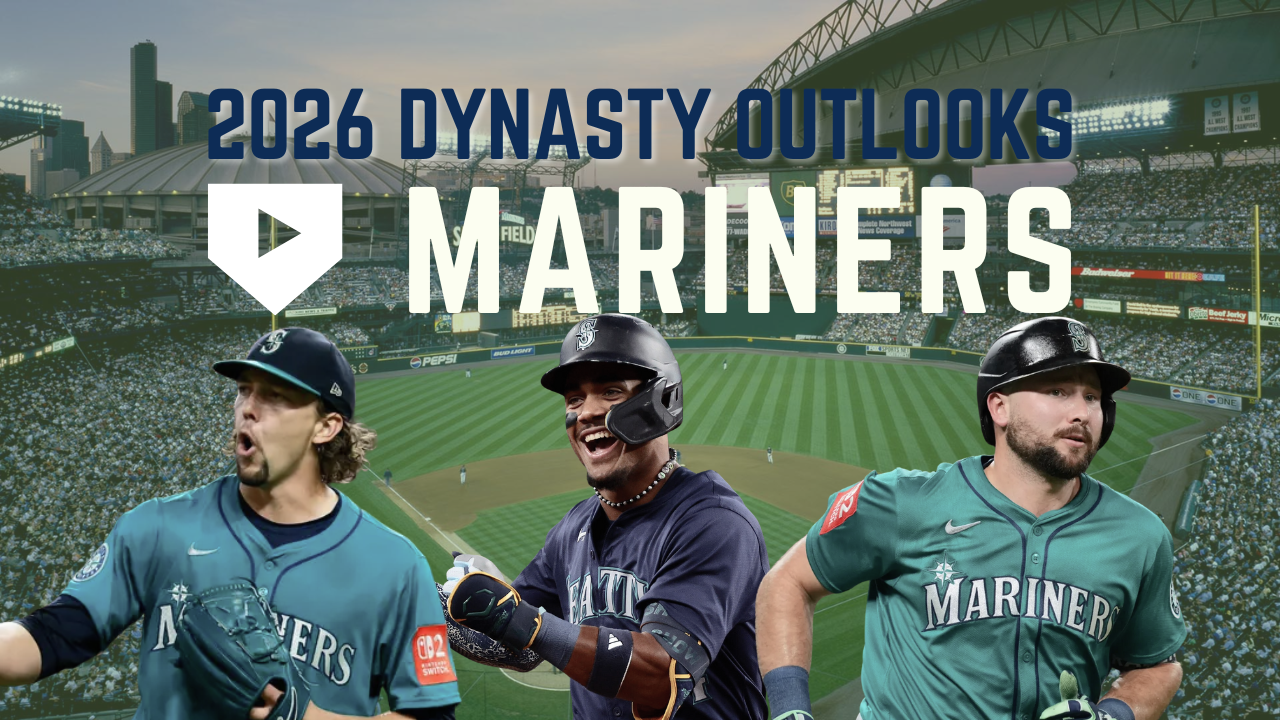
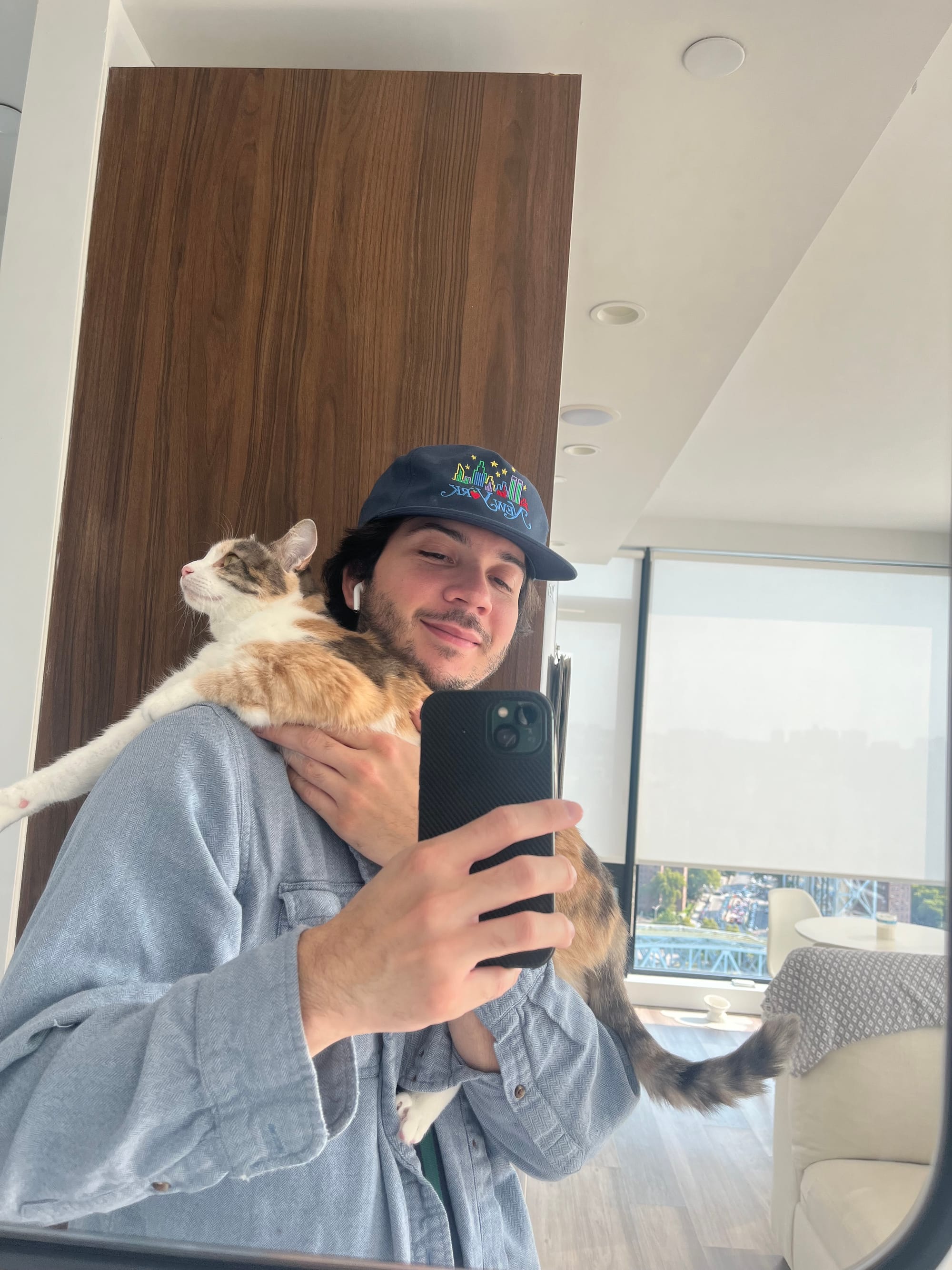
Discussion